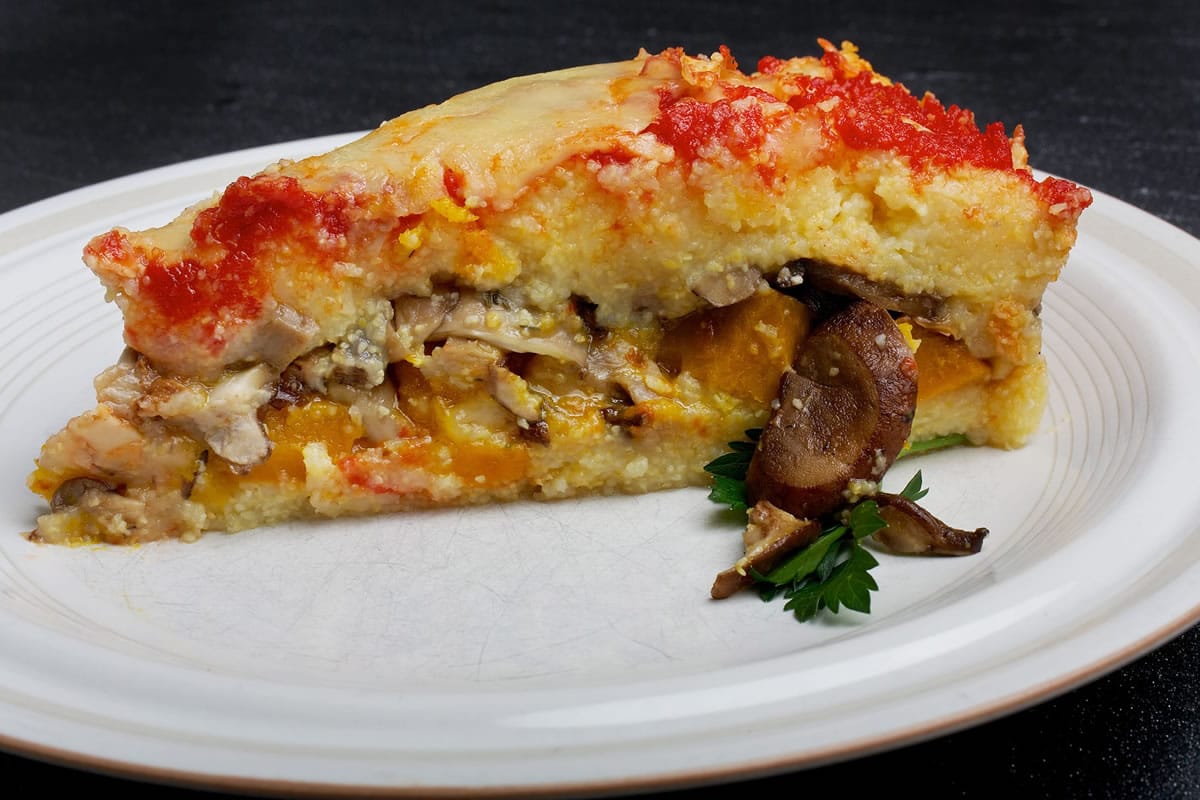NUTRITION Per serving: 240 calories, 3 g protein, 29 g carbohydrates, 14 g fat, 2 g saturated fat, 0 mg cholesterol, 340 mg sodium, 3 g dietary fiber, 16 g sugar
Persian-Spiced Sweet Potato Pie
12 servings (Makes one 9-inch pie).
Inspired by fruit pies with beautifully arranged layers, this dessert requires you to thinly slice the sweet potatoes. The trade-off is that it’s otherwise so easy: no preboiling or roasting of the sweet potatoes, no making of a pureed, custardy filling. Instead, the slices soak up a brushed-on combination of butter, sugar and Persian spices as they bake and cool. The pie dough needs a first rest in the refrigerator for 1 hour and up to 2 days. The pie crust can be refrigerated, wrapped in plastic wrap, for up to 2 days, or frozen for up to 2 months. The pie can be baked, cooled and refrigerated, covered in plastic wrap, for up to 2 days. Bring to room temperature before serving. From Washington Post Food editor Joe Yonan, author of “Eat Your Vegetables: Bold Recipes for the Single Cook” (Ten Speed Press, 2013), with a crust adapted from Dorie Greenspan’s recipe in “Baking: From My Home to Yours” (Houghton Mifflin Harcourt, 2006).
For the crust:
1 1/2 cups flour
2 tablespoons granulated sugar
3/4 teaspoon kosher salt
10 tablespoons (1 1/4 sticks) frozen unsalted butter, cut into tablespoon-size pieces, plus more for the pie plate
2 1/2 tablespoons frozen vegetable shortening, in 2 pieces
1/4 cup ice cold water
For the filling:
8 tablespoons
(1 stick) unsalted butter
1/2 teaspoon ground cinnamon
1/2 teaspoon ground cardamom
1/2 teaspoon freshly grated nutmeg
1/2 teaspoon freshly ground black pepper
1/2 teaspoon ground coriander
1/4 to 1/2 teaspoon rose water
1/2 cup light brown sugar
1 1/2 pounds sweet potatoes of similar size, peeled
For the crust: Combine the flour, granulated sugar and salt in a food processor and pulse to combine. Add the butter and shortening and pulse briefly, just until the pieces are pea size. Add 1 tablespoon of the water at a time and pulse, adding water until you can pinch the dough and it barely sticks together. Transfer to a work surface, gather it up and form it into a disk. Wrap tightly in plastic wrap, and refrigerate for at least 1 hour or up to 2 days.



